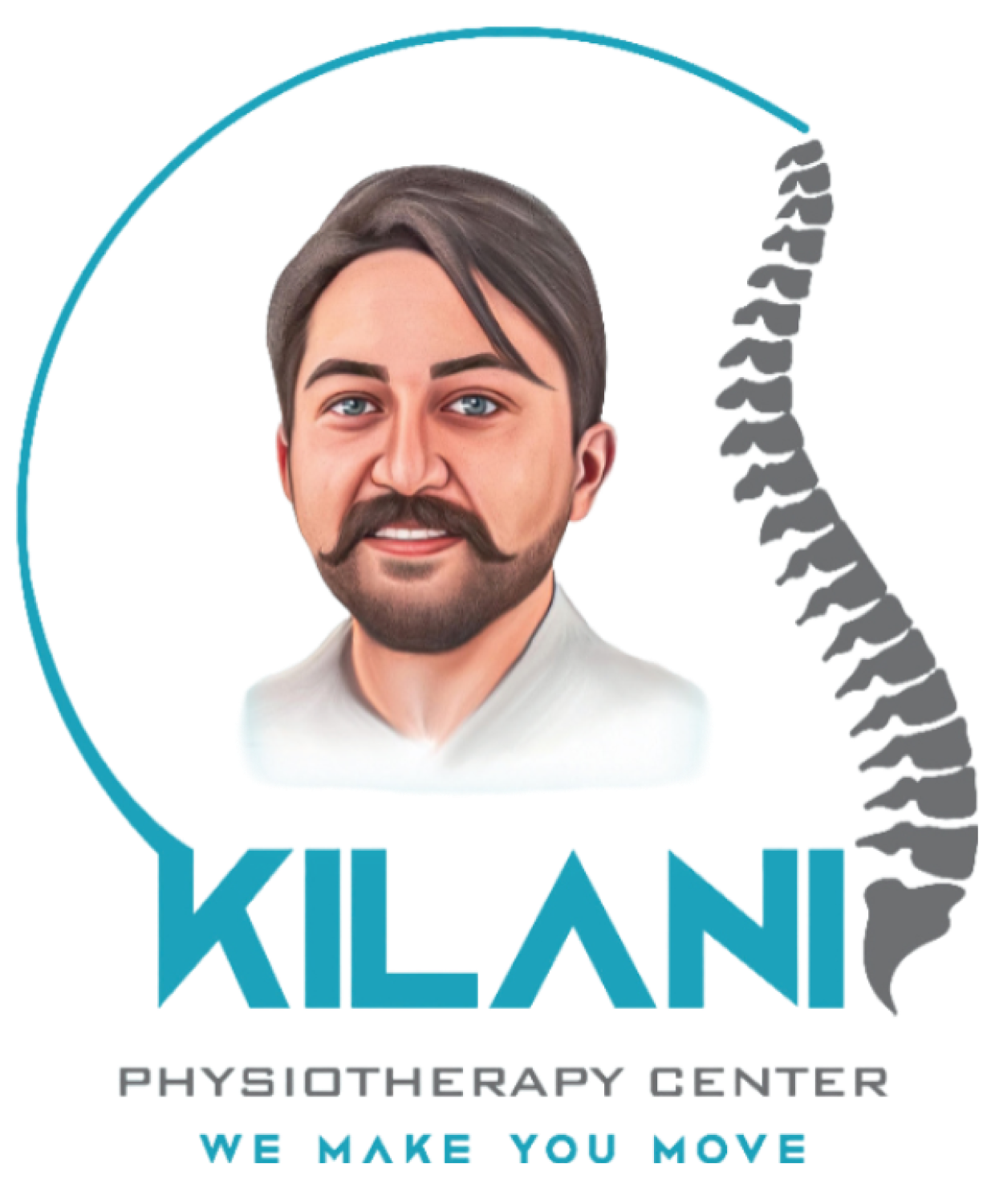Rhomboid Syndrome: Causes, Symptoms, Prevention, Treatments, and the Role of Physiotherapy
Kilani
May 12, 2025

Rhomboid Syndrome Physiotherapy Introduction
Rhomboid Syndrome Physiotherapy is a musculoskeletal condition characterized by pain, tightness, and dysfunction in the rhomboid muscles located between the spine and the shoulder blades. Though not as commonly discussed as other shoulder or back conditions, it significantly affects posture and upper body mobility. Early identification and proper management are essential to avoid chronic discomfort and functional limitations.
In kilani physiotherapy center this is one of daily cases that we see in our clinic every day, nowadays we see it more in Sharjah branch of kilani center
Causes of Rhomboid Syndrome
The rhomboid muscles, which include the rhomboid major and minor, are responsible for retracting the scapula and supporting upper back posture. Several factors may contribute to their dysfunction:
Poor Posture: Slouched sitting, forward head position, or rounded shoulders strain the rhomboids over time.
In kilani physiotherapy center we noticed that poor posture due to office work mostly the main cause between our clients
Repetitive Movements: Activities that involve repeated pulling, lifting, or overhead motions can fatigue or overload the muscles.
Muscle Imbalance: Weak rhomboids combined with tight pectoral muscles lead to poor scapular mechanics.
Overuse in Athletes: Swimmers, rowers, and climbers are particularly prone due to repetitive scapular motion.
Trauma or Sudden Movement: Lifting something heavy or twisting awkwardly can strain the rhomboid region.
Symptoms of Rhomboid Syndrome
Symptoms often start gradually and can mimic other upper back or shoulder conditions. Common signs include:
Upper Back Pain: Deep, aching pain between the shoulder blades, especially on one side.
Tightness or Knots: Feeling of muscle spasms or “knots” in the mid-upper back.
Scapular Discomfort: Pain that increases during shoulder blade movement, such as pulling or lifting.
Radiating Sensation: Pain may radiate to the shoulder or neck, but not typically down the arm like in nerve-related conditions.
Postural Fatigue: Difficulty maintaining upright posture for prolonged periods.
And our physiotherapists in all branches recognised more symptoms like chest pain, difficulties in breathing and numbness goes down on arms and hands.
Prevention of Rhomboid Syndrome
Preventive strategies focus on maintaining proper posture and balanced muscle function:
Ergonomic Setup: Use proper desk and chair setup to support the spine and shoulders.
Postural Awareness: Regularly check and correct slouched or rounded shoulders.
Balanced Workouts: Include both pulling (rows) and pushing (presses) exercises in strength routines.
Stretch Tight Muscles: Regularly stretch the chest and upper trapezius to avoid dominance over rhomboids.
Take Breaks: Avoid prolonged static positions, especially during desk work.
Treatment of Rhomboid Syndrome
Effective treatment focuses on pain relief, muscle recovery, and postural correction:
Rest and Activity Modification: Temporarily avoid aggravating movements like overhead lifting or heavy pulling.
Ice and Heat Therapy: Ice reduces inflammation in acute stages; heat relaxes tight muscles in chronic cases.
Massage and Trigger Point Therapy: Manual techniques can release muscle knots and improve circulation.
Pain Relief Medication: NSAIDs may be prescribed to manage inflammation and discomfort.
Dry Needling or Acupuncture: In some cases, these techniques can help release deep muscle tension.
Role of Physiotherapy in Treatment
Physiotherapy is essential in addressing both the symptoms and root causes of Rhomboid Syndrome. Key components include:
Postural Retraining: Educating the patient on optimal spinal and shoulder alignment during daily activities.
Targeted Strengthening: Exercises like scapular retractions, rows, and wall slides to activate and strengthen rhomboid muscles.
Stretching Programs: Focused on tight antagonist muscles, particularly the pectorals and upper trapezius.
Manual Therapy: Techniques such as soft tissue mobilization, myofascial release, and joint mobilizations help reduce muscle tightness and restore function.
And we focus on this type of treatment to treat the pain and symptoms
Movement Re-Education: Physiotherapists guide patients in correcting faulty movement patterns that contribute to overuse or imbalance.
Functional Integration: Gradual reintroduction to sport- or work-specific tasks with attention to biomechanics.
Conclusion
Rhomboid Syndrome is a treatable condition that often results from poor posture, muscular imbalances, and overuse. While it may not cause nerve damage, the discomfort it creates can significantly impair daily function. Preventive measures and early intervention are crucial. Physiotherapy plays a vital role in treatment through a combination of pain management, muscle strengthening, postural correction, and long-term functional rehabilitation.
For more details and information please do not hesitate to contact us at our branches in Jordan,Dubai and Sharjah any time
